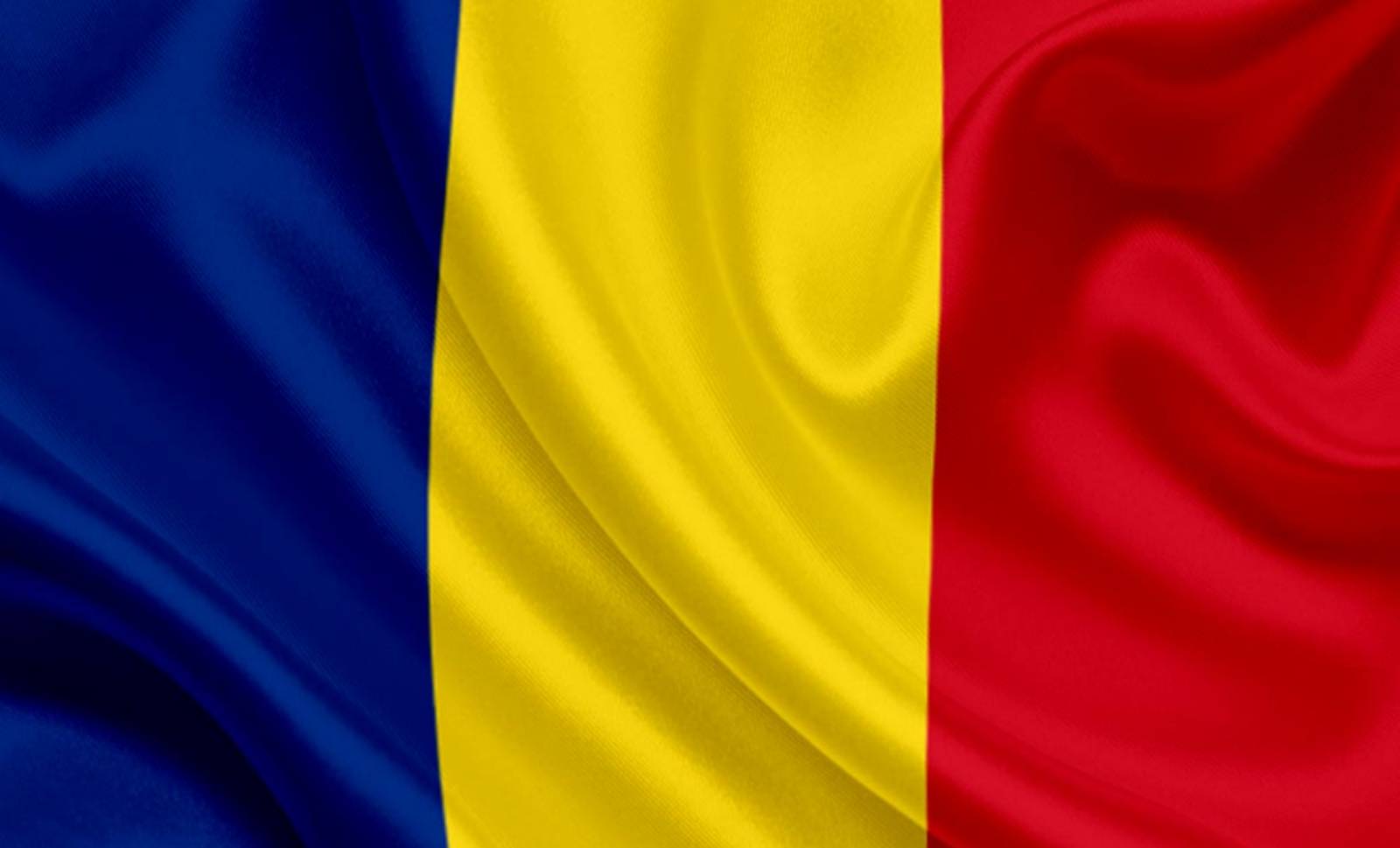Vaccinarea impotriva Coronavirus are astazi parte de noi detalii cu privire la modul in care functioneaza ARN-ul mesager pentru a contribui la crearea anticorpilor care ajuta la protejarea oamenilor impotriva infectarii, si previn formele grave ale bolii.
“ARN-ul mesager reprezintă un set de instrucțiuni pe care o celulă le folosește pentru a sintetiza proteine. După folosire se descompune complet și nu afectează celulele noastre.
ADN-ul unei celule conține informația genetică a acesteia, însă, pentru a o folosi, trebuie “tradusă” în proteine. Primul pas din acest proces este efectuat prin intermediul ARN-ului mesager (mRNA/ARNm) (1).
În esență, ARN-ul mesager reprezintă un set de instrucțiuni pe care o celulă le folosește pentru a produce proteinele de care are nevoie.
ARN-ul mesager repezintă o secvență de informație genetică ce poate fi tradusă și transformată în proteine în interiorul celulei.
ARN-ul mesager duce informația la fabrica de proteine a celulei, ribozomii. Prin intermediul acestora, informația genetică este transformată într-o proteină. ARN-ul mesager acționează că un manual tehnic pentru ribozomi.
După ce informația ARN-ului mesager a fost tradusă, acesta va fi descompus în părțile sale componente, pe care corpul nostru le reciclează pentru a sintetiza ARN nou. Astfel, informația genetică purtată de ARN-ul mesager dispare din celulă, în urma sa rămânând doar proteina nou creată (2).”






















